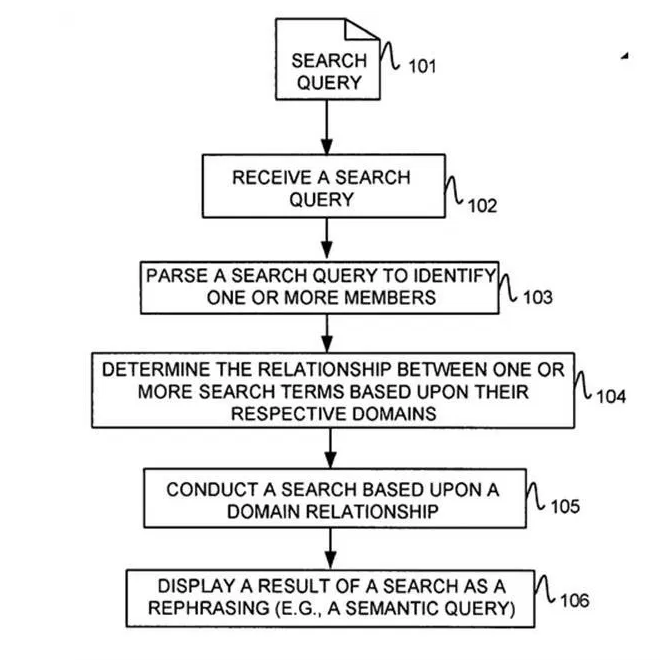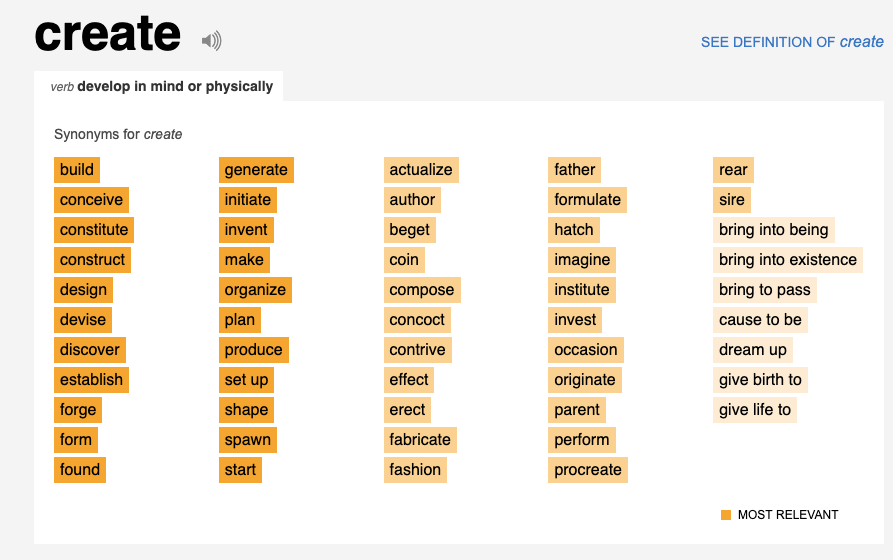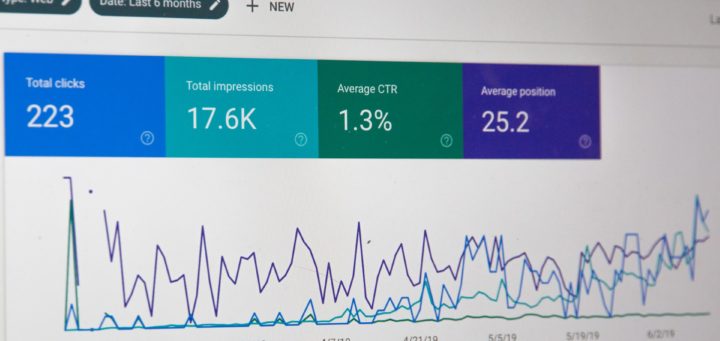How To Update Your Website for Semantic Search
As discussed in our last post on the topic, “semantic search is an SEO strategy used to improve search engine accuracy by understanding the “semantics” or meaning of what a user is searching for”. Semantic search is all about identifying “user intent”.
Now that you understand the basics of how semantic search works, you need to also understand how to implement it as part of your overall SEO strategy. Incorporating semantic web search into your website will help you increase your chances of appearing at the top of the SERPs for relevant searched keywords, which means more site traffic and more potential conversions.
Here are a few ways for you to implement semantic search into your website and SEO strategy.
Buyer Personas
Buyer personas are research-based representations of your ideal buyers, that help you understand exactly who your customers are, what their goals and motivations are, and how you can help to solve their problems and encourage buying decisions. These fictionalized characters will help you to personalize or target your marketing for different segments of your audience.
As the basics of semantic search are centred around a true understanding of your users and what they are searching for (and how they are searching for it), buyer personas are really necessary here. If you aren’t clear on who your customers are, then how are you supposed to tailor your SEO for how they might be searching for your products or services? For example, if you know that your buyer audience is typically a younger demographic, you can adjust your SEO and semantic search strategy to incorporate common slang words or words that that audience would be searching for.
Making use of Google Trends, A/B split testing, and your Analytics data can help you determine who your users are, and what they are searching for to find your website. The more you know about your audience (gender, age, location), the more accurately you can choose the right keywords and phrases to add to your SEO and semantic search strategy.
If you need help building out your buyer personas, we have an awesome free template tool that can help you get started.
Semantic Keyword Research
As Search Engine People’s post on the Hummingbird algorithm details, here are the steps involved in processing a semantic search Google query:
- The search query received by Google is parsed (using a parser) to identify one or more members (first and second search terms). In this process, synonyms or other replacement terms gets identified. These synonyms are known as candidate synonyms and they further get broken down and processed as qualified synonyms.
- Then, a relationship engine is used to identify the relationship between the members based upon their respective domains. Here a domain simply means a centralized category of similar words. First search term gets identified by the first domain which is a semantic category having a collection of pre defined entities. Similarly, the second term gets identified by a second domain also containing a database of similar entities.
- This helps Google to relate the terms to the closest matching identities (One essential point to note here is that Google will only find and relate words in the query with those already present in its database which is the Knowledge Graph, hence some queries although semantically similar might not show up).
- A separate search gets conducted by a query engine using domain matching relationship (do not get confused with the word domain with domain name, here domain means category) and final results gets displayed after a semantic query is identified (the query engine may pluralize or rephrase the query if required).
- Hence, in simple words, a complex query entered by the user is broken down and simplified involving several processes into semantic query. Thereafter, relevant web pages are identified and displayed as a final set of results.
- Many search engine optimizers and internet marketers often miss the crucial part of identifying semantically related queries while doing keyword research because the main query gets broken down into semantic query before it is processed by Google. Hence, the chance of ranking increases when the content of the webpage is written keeping the semantic variants in mind mentioning all the entities matching specific domains.

Although the search algorithm doesn’t just rely on keywords alone to provide results, your pages still need a strong keyword focus for rank and relevancy. You can use your buyer personas to help you research the best semantic keywords in the following ways:
- List out your “core” keywords: these should be short-form keywords that define your product, service or brand and will be the centre or focal point to build the rest of your strategy around.
- Add additional relevant or similarly themed keywords: use your list of core keywords to come up with other similar terms that your buyers might search for that could lead to your site. For example, if you sell cleaning products you could build out this list to include “cleaning supplies”, “cleaning spray” or more specific examples such as “window cleaner” or “bathroom cleaner”.
- Brainstorm keywords that could answer search queries: how do you think buyers will type their queries to find your product or website. Your aim here should be to provide an answer to a common question that your buyers might have, such as “what is the best window cleaner” or “what window cleaner doesn’t leave streaks”? Accurate buyer personas will be very crucial for this step, as you’ll want to make sure you’re providing keywords and answers that will be the most relevant in answering your buyer’s queries.
Technical Site Updates
To help Google understand your content and rank your website properly, there are a few technical steps you can take.
- Schema Markup: Schema.org has implemented a shared vocabulary across all search engines (Google, Bing and Yahoo), which helps standardize structured data. Schemas are required in order to present results with snippets, knowledge graph listings, or interactive mobile results. You can easily add schema markups to your site to help make semantic connections.
- Linking: Linking to relevant pages, both internally and externally, helps Google to form further connections and context across your site. Make sure the anchor text you are linking to is relevant and you are mixing both internal and external links to help Google view your site as credible.
Semantic Search-ify Your Content
Using your buyer personas and newly research keywords and phrases, you’ll need to update your content accordingly. Here are some ways you can semantic search-ify your content:
Use synonyms: different users may search in different ways or using different terms. This is where thesaurus.com can come in handy! Build out your keywords and content to answer queries using different variations of words: for example, instead of using “create” in your keyword phrase, try different variations of that verb such as “build” or “design”.

Use companion keywords: If you’re looking to write a post about the Amazon rainforest but just include the keyword “Amazon”, Google may get confused and provide results relating to the ecommerce giant, Amazon.com, and rank you accordingly. Using companion keywords you can combine the core keyword “Amazon” with “rainforest” or “river”, it will help Google understand you’re not writing about online shopping, but nature.
Targeted content: Make your content as targeted as possible by becoming a trusted resource for information. Keep this in mind when writing content and try to provide answers to questions you think your buyers will be asking. For example, providing “How To” guides or answering “Why” buyers should make a decision about something.
Quality content: Above all, focus on constantly creating quality content with high authoritative value. Content with spammy links or keywords stuffed into every sentence will be an immediate flag to Google and you’ll be ranked accordingly. The more high-quality and effective your content is at answering user questions, the more relevant Google will find your pages, and the higher you’ll be ranked in the SERPs.
—
Semantic search is an amazing way for companies to really understand their audiences and connect with their target customers. It will allow you to create content that will reach the most relevant people who will appreciate it the most, thus increasing your leads and conversion rates.
If you more direction for how to update your SEO strategy and website for semantic search algorithms, contact us below for a free assessment and we can help you get started.


